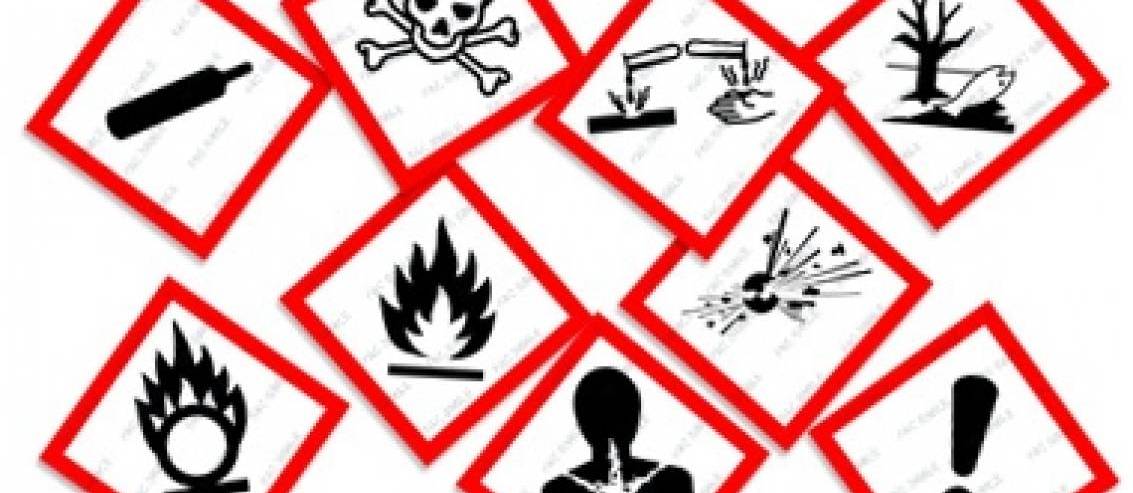Sexual harassment in the workplace is a relatively “sensitive” issue, with few individuals daring to speak up when harassed. Clearly defining sexual harassment in the workplace establishes a legal basis for ensuring the rights of employees. The Draft Labor Code 2017 specifically addresses this issue.
The Labor Code 2012 is the first document that regulates sexual harassment in the workplace. At Point 2, Article 8 of the Labor Code 2012, it stipulates "Prohibition of maltreatment of employees, sexual harassment in the workplace". Article 37 stipulates that the employee has the right to unilaterally terminate the labor contract if maltreated, sexually harassed, forced to work. Item 1, Article 183 stipulates that it is prohibited to maltreat, sexually harass, coerce labor, or use violence against domestic workers. These are the current legal provisions of Vietnamese law regarding sexual harassment in the workplace. Although sexual harassment behaviors are included in the law, they are not specifically defined; only prohibitive behaviors, rights, and obligations of employees are mentioned without specific sanctions or compensation responsibilities.
In 2015, the Ministry of Labor, Invalids and Social Affairs, in cooperation with the Vietnam General Confederation of Labor and the Vietnam Chamber of Commerce and Industry, developed the “Code of Conduct on Sexual Harassment in the Workplace”. This is considered a strong and clear recommendation intended to guide employers and employees in building and integrating such conduct into the internal rules and regulations of agencies, units, and enterprises as a basis for preventing sexual harassment behaviors. However, this is not a legal document, thus its influence and impact are not strong; it lacks mandatory and coercive power from the state authority, and it remains merely advisory. Currently, there are no specific sanctions or mechanisms to penalize sexual harassment behaviors in the workplace.

In order to create a complete and clear legal corridor and overcome actual inadequacies, the Draft Labor Code 2017 has clearly defined what constitutes sexual harassment in the workplace.
Sexual harassment in the workplace can be understood as behavior using verbal, physical, or visual materials of a sexual nature that is unwanted and offensive to the recipient and:
- Repeated and creates a hostile work environment; or- A single act of significant nature; or- A request for sexual favors in exchange for employment advantages or benefits or to maintain employment.
This is one of the prominent new contents in the Draft Labor Code 2017. If the Draft is approved, it will make it easier to identify sexual harassment behavior in the workplace with a clear legal basis and better ensure the rights of employees in the workplace.
 Article table of contents
Article table of contents









